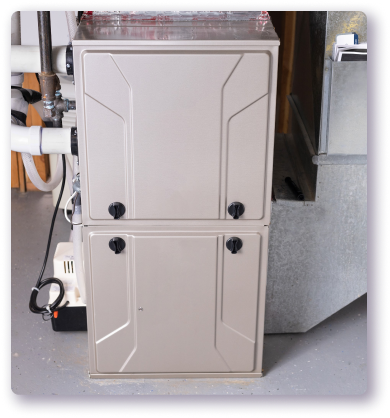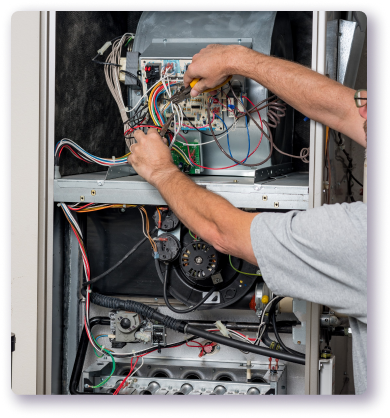A new furnace offers higher efficiency and more consistent heating. When you’re ready for heating installation services in Ken Caryl, CO, turn to our expert HVAC technicians at Horizon Services. You should consider several factors when selecting a new furnace or heat pump. Getting professional guidance throughout your furnace installation will ensure your new system heats your home efficiently. With proper care, furnaces can last 20 to 30 years. Consider a new one if your old furnace is no longer heating effectively.
Heating Installation in Ken Caryl, CO
The financing of potential Home Repair projects is something that Horizon Services offers, and we have gone to great lengths to make it as straightforward and safe for our clients as possible.

Best Furnace Installation in Ken Caryl
Size is the most important factor when installing a new furnace. Furnaces that are too large will continuously cycle on and off, causing increased wear and tear. Systems that are too small will heat ineffectively and increase energy costs. Our team will perform a special calculation to help you find the right size for your home.
You also need to check the furnace’s energy efficiency rating. The industry measures heating efficiency using AFUE (Annual Fuel Utilization Efficiency) ratings for gas and electric furnaces. The higher the rating, the better the efficiency. Efficient models have a rating of at least 90%, regardless of the fuel type, but not all furnaces can be installed in every home due to varying combustion methods and ventilation requirements. Our team will find out which furnaces are possible to install and show you the best options.
Next, you will determine the type of furnace, whether electric or fuel. If you decide on a fuel-driven furnace, you must choose a readily available fuel type for your area.
Finally, consider the warranty, its coverage, and its length. Most major manufacturers offer generous warranty coverage, including parts and labor. The warranty period often covers maintenance.
- Increasing energy costs
- Frequent and more expensive repairs
- Circuit breaker tripping
- Unusual odors and sounds
Depending on your home and system, the heating installation could take several hours. We will remove the old furnace, prepare the installation site, and ensure the ductwork and electrical systems are compatible.
We will connect the electrical system, ductwork, and fuel lines as well. After installation, our technicians will test the system’s airflow and heating ability and ensure the safety features work appropriately.
New furnaces offer lower energy costs, better indoor air quality, and greater comfort. They may also provide innovative features allowing you to control your home environment remotely. For example, you can turn your furnace down during the day to save money and have it increase the heat before you get home.

Professional Heating Installation Services
Horizon Services is a locally owned and operated HVAC company incorporated in 1998. Our Pure Motive Pledge means we put our customers first in everything we do. We are proud to employ NATE-certified HVAC technicians to serve our customers better.
Call our expert HVAC team at Horizon Services if you need heating installation services in Ken Caryl.

©2025 Horizon Services. All Rights Reserved.
Privacy Policy.
License: Plumbing Contractor # PC.0003166 | Master Plumber # MP.03000703.
Web Design and Internet Marketing by RYNO Strategic Solutions